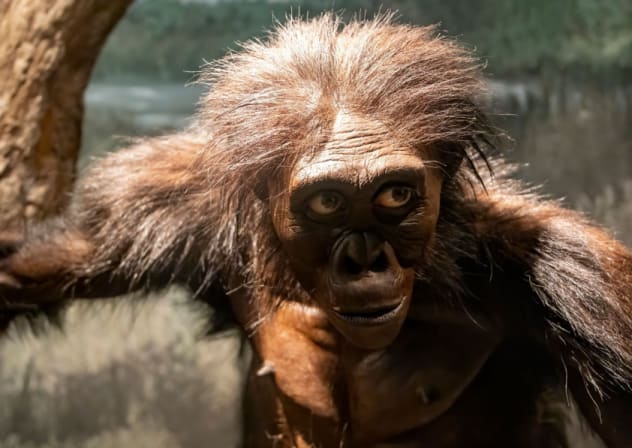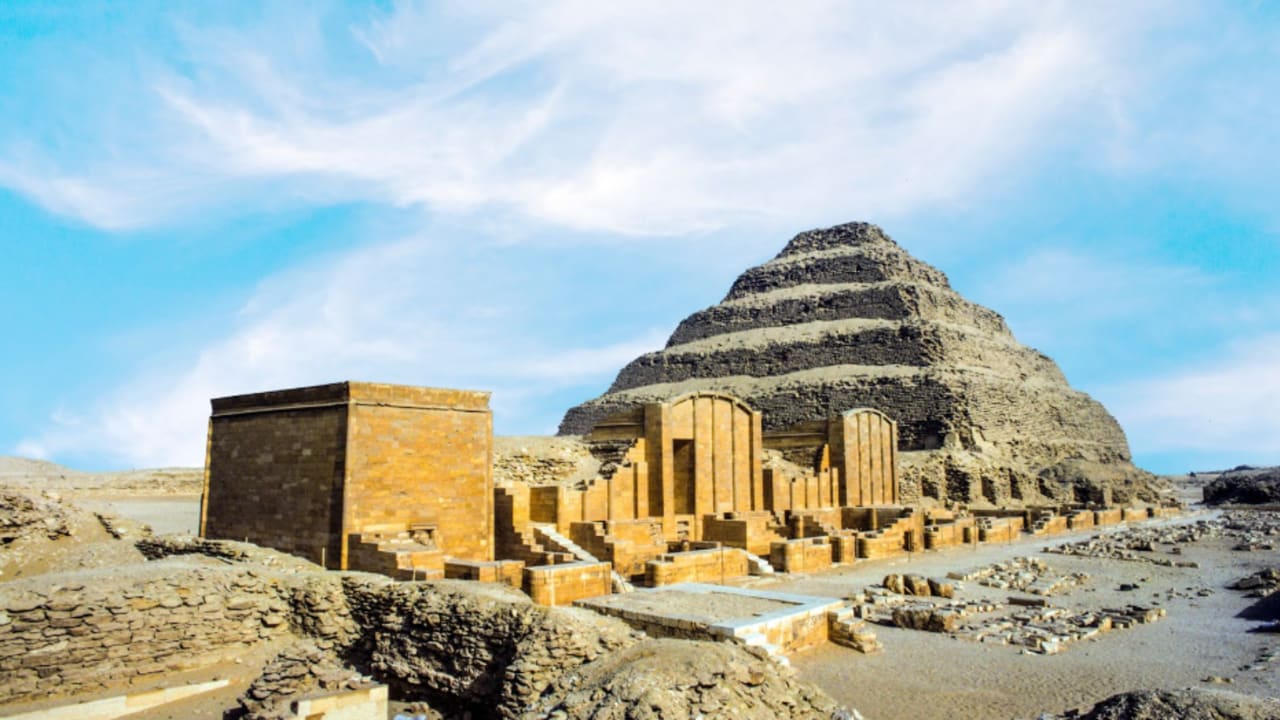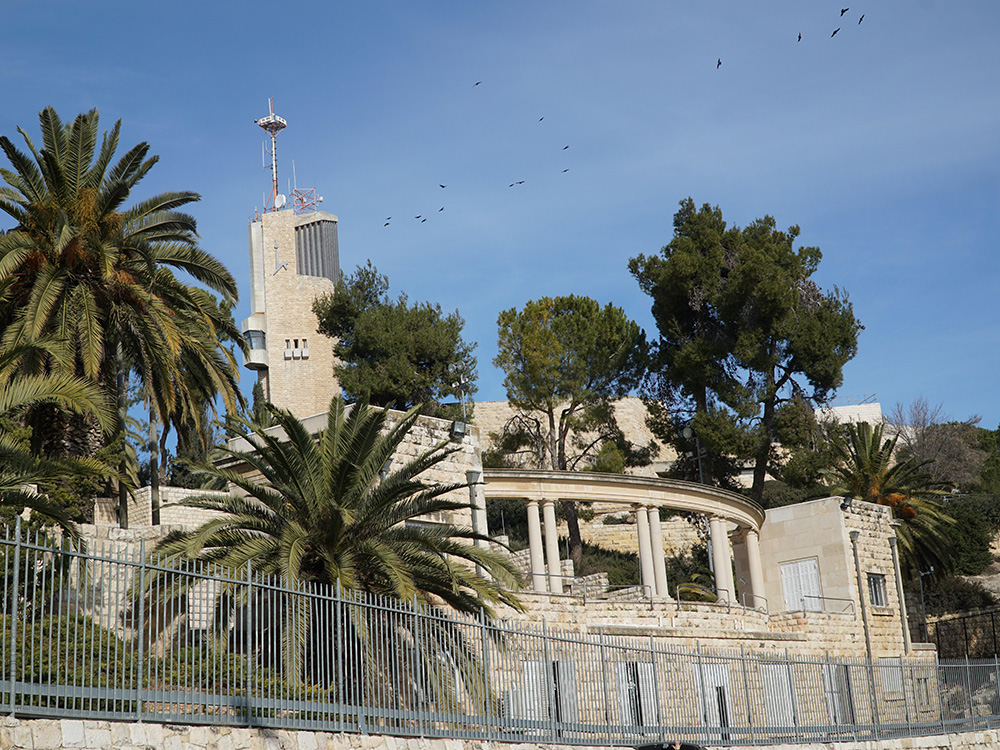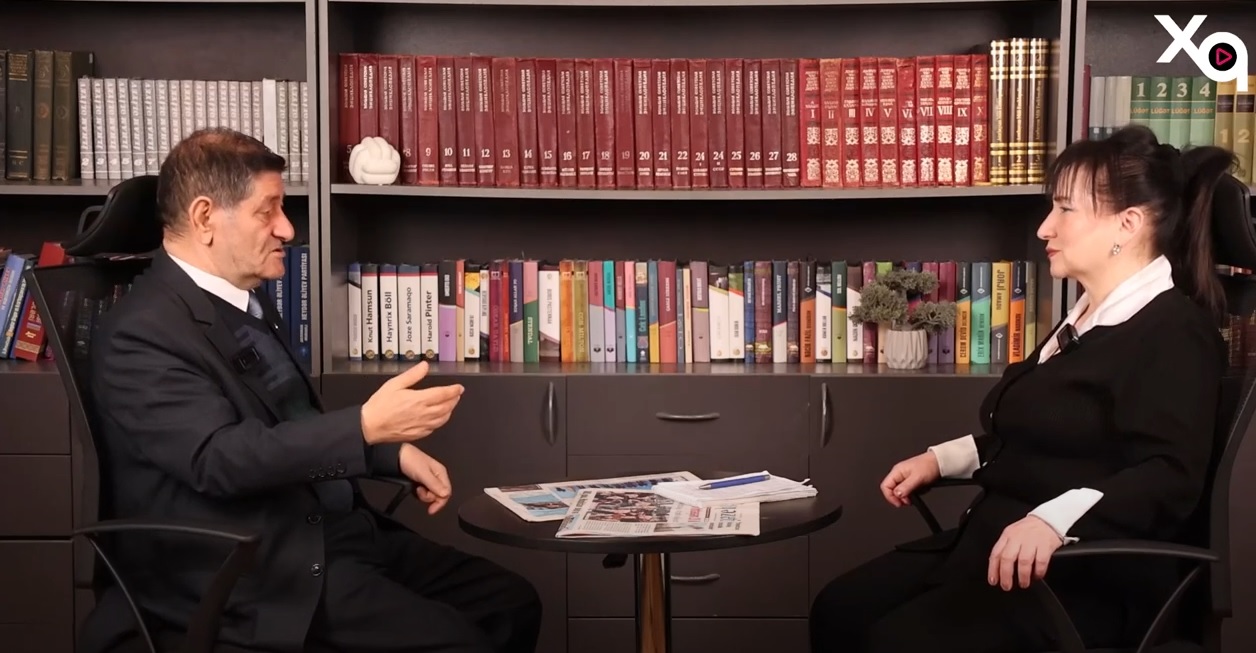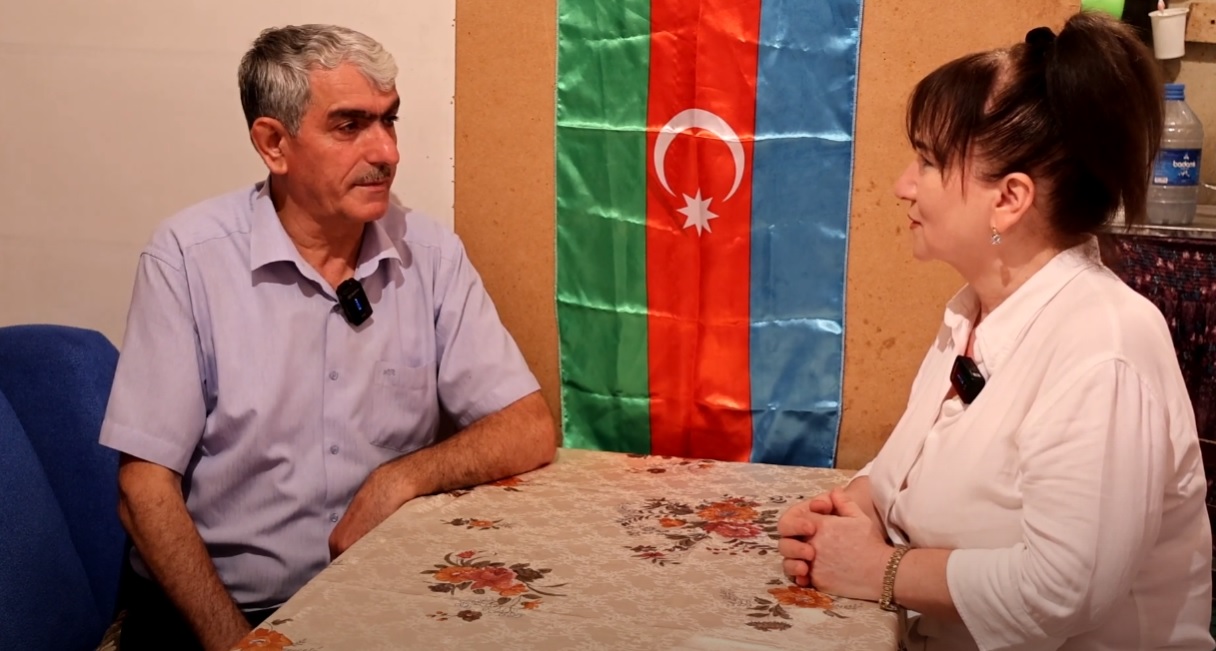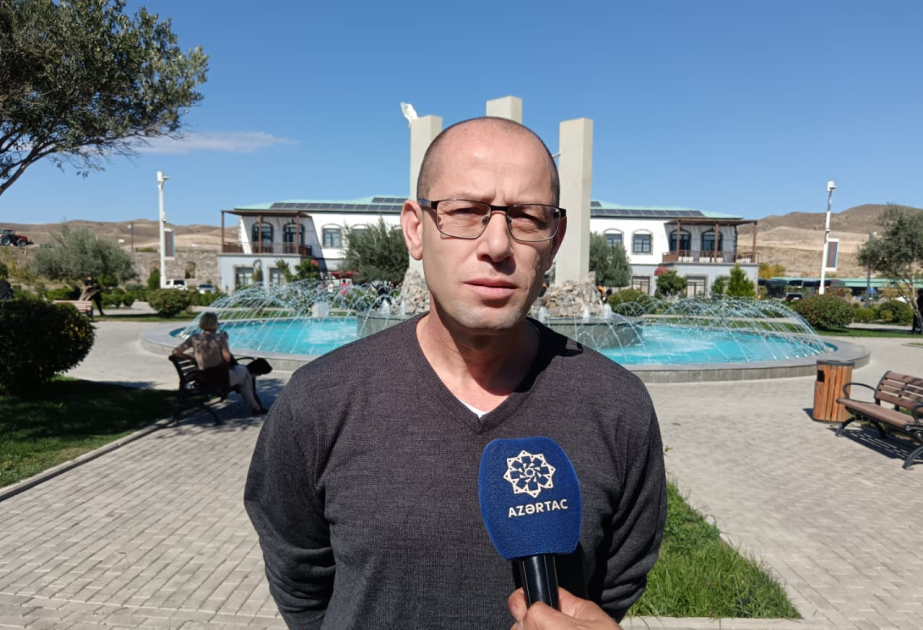Jerusalem Post
ByMAITAL ROZENBOIM
The legendary Lucy and Selam fossils are stunning crowds in Prague for only 60 days.
The National Museum in Prague opened a new exhibition, People and their Ancestors, placing the 3.18-million-year-old remains of Australopithecus Afarensis Lucy on public display for 60 days in a first European showing. The loan runs until October 23, after which the original bones return to secure storage in Addis Ababa. The ceremonial opening on Monday drew American paleoanthropologist Donald Johanson, who discovered Lucy, Czech Prime Minister Petr Fiala, and Ethiopian officials and scientists.
“This is an extraordinary historical moment – for the very first time in Europe we have the opportunity to see some of the rarest fossils of human evolution, Lucy and Selam,” said Petr Fiala, according to France 24. “We all share a common ancestry; our past unites us,” said Donald Johanson. “Lucy looks just the same as she did when we found her more than 50 years ago,” said Johanson, according to T-Online.
“They rank among the most precious and oldest paleoanthropological pieces in the world,” said Michal Lukeš, the museum’s director, according to ANSA. The fossils arrived in Prague on August 15 under stringent security measures in only the second trip for the 52 fragments; they previously toured U.S. museums from 2007 to 2013.
Alongside Lucy, visitors see the remarkably well-preserved, nearly complete fossil skeleton of a female child named Selam, who is about 150,000 years older than Lucy and died at two years and seven months. “The exhibition is unique because Lucy and Selam are exhibited together for the first time outside of Ethiopia,” said Selamawit Kassa, Ethiopia’s minister of tourism. “Ethiopia is unmatched for its continuous fossil record of human ancestors extending over six million years, with 14 specimens of human ancestors ranging from Australopithecus to Homo sapiens discovered in Ethiopia,” said Kassa. “Lucy revolutionized the course of the study of human ancestors, first by her completeness and, second, by her antiquity,” said Abebaw Ayalew Gella, director of the Ethiopian Cultural Heritage Authority.
Discovered on November 24, 1974, in the Afar Triangle of northeastern Ethiopia, Lucy was the most complete early hominid skeleton found up to that time, allowing scientists to assemble about 40 percent of the skeleton and draw insights into appearance, movement, and lifestyle. Her partial skeleton includes fragments of teeth, skull, pelvis, and femur. She measured around 1.1 meters in height and weighed about 29 kilograms. The discovery confirmed that hominids were already walking upright at that time. Her name came from the Beatles song Lucy in the Sky with Diamonds, which the research team played during celebrations after the discovery. The remains are normally stored in a high-security vault at the National Museum of Ethiopia and are not accessible to the public.
A 2016 study found she had strong arms and probably climbed trees, spending at least a third of her time in the branches, where she slept to avoid predators. An analysis of a fracture suggested she probably died after a fall from a tall tree. Lucy probably died between 11 and 13 years old, which was considered adulthood for her species.
Because of expected crowds, the museum uses timed tickets and extends opening hours; visitors are advised to book a time slot in advance. “One of our greatest problems is that we are not so much Homo Sapiens as we are Homo Egocentricus,” said Johanson.


